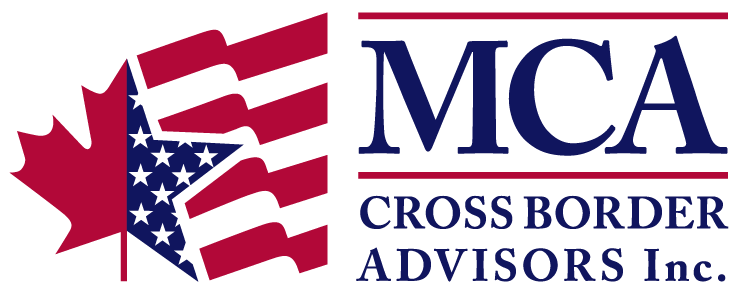Canada Revenue Agency’s prescribed interest rate for the third quarter is now available; the rate is still historically low at 1%. This is good news – a prescribed interest rate loan has long been an extremely efficient income-splitting vehicle. We will use an example to examine how the prescribed loan works.
Assume Mr. and Mrs. Smith are a married couple living in Ontario. Mr. Smith is taxed at the top marginal rate, and Mrs. Smith has no income. Mr. Smith has $1,000,000 to invest to earn 5% interest income. Mr. Smith will pay $26,800 of tax if he invests in his own hands.
Alternatively, Mr. Smith can loan $1,000,000 to the Smith family trust and charge 1% of interest. (The Smith family trust is set up to benefit Mrs. Smith and their children, and Mr. Smith is the trustee and a beneficiary.) Mr. Smith will pay $5,400 tax on the $10,000 interest income paid by the trust. Meanwhile, the trust will have an annual net income of $40,000 ($50,000 investment income minus $10,000 interest expense) allocated to Mrs. Smith, who will pay tax of $6,000. The total amount of income taxes the Smiths will pay is $11,400. Therefore, they will save $15,400 in taxes by taking advantage of the prescribed interest loan.
If you are a US person, however, it is very important to discuss this strategy with a cross border advisor before employing it.
In the above example, if Mrs. Smith is a US citizen, distributions to her may be subject to the US ‘‘throwback tax”, which means that the undistributed income of the trust later distributed to her will be taxed at the highest marginal rates in the year when it was earned by the trust and not the year of distribution. There is also an interest charge that accrues from the date the income is earned until the date of distribution. In addition, Mrs. Smith is required to file IRS Form 3520 to report any distributions to her. Failure to do so can result in a penalty of 35% of the distribution.
If Mr. Smith is a US citizen, he will be obligated to file IRS Forms 3520 and 3520-A as the owner of the trust due to the US grantor trust rules and to disclose the loan to the trust. Failure to file can result in a penalty of 35% of the value of the loan.
There is also a double taxation issue if Mr. Smith is a US citizen. Since the family trust is a grantor trust, Mr. Smith will be taxable in the US on the income generated by the trust. Meanwhile, the income allocated to Mrs. Smith is subject to Canadian tax. Unfortunately, there is no foreign tax credit available to offset the fact that the same income is being taxed on both sides of the border.
Such complex situations require detailed analysis. To determine which tax planning strategies best suit your personal cross-border situation, please feel free to request a consultation.
[su_button size=”6″ url=”https://mcacrossborder.com//consultation/” background=”#10155e”]Request a Consultation[/su_button]
——–
MCA Cross Border Advisors, Inc. is a registered investment adviser. Information presented is for educational purposes only and does not intend to make an offer or solicitation for the sale or purchase of any specific securities, investments, or investment strategies. Investments involve risk and, unless otherwise stated, are not guaranteed. Be sure to first consult with a qualified financial adviser and/or tax professional before implementing any strategy discussed herein. Past performance is not indicative of future performance.

